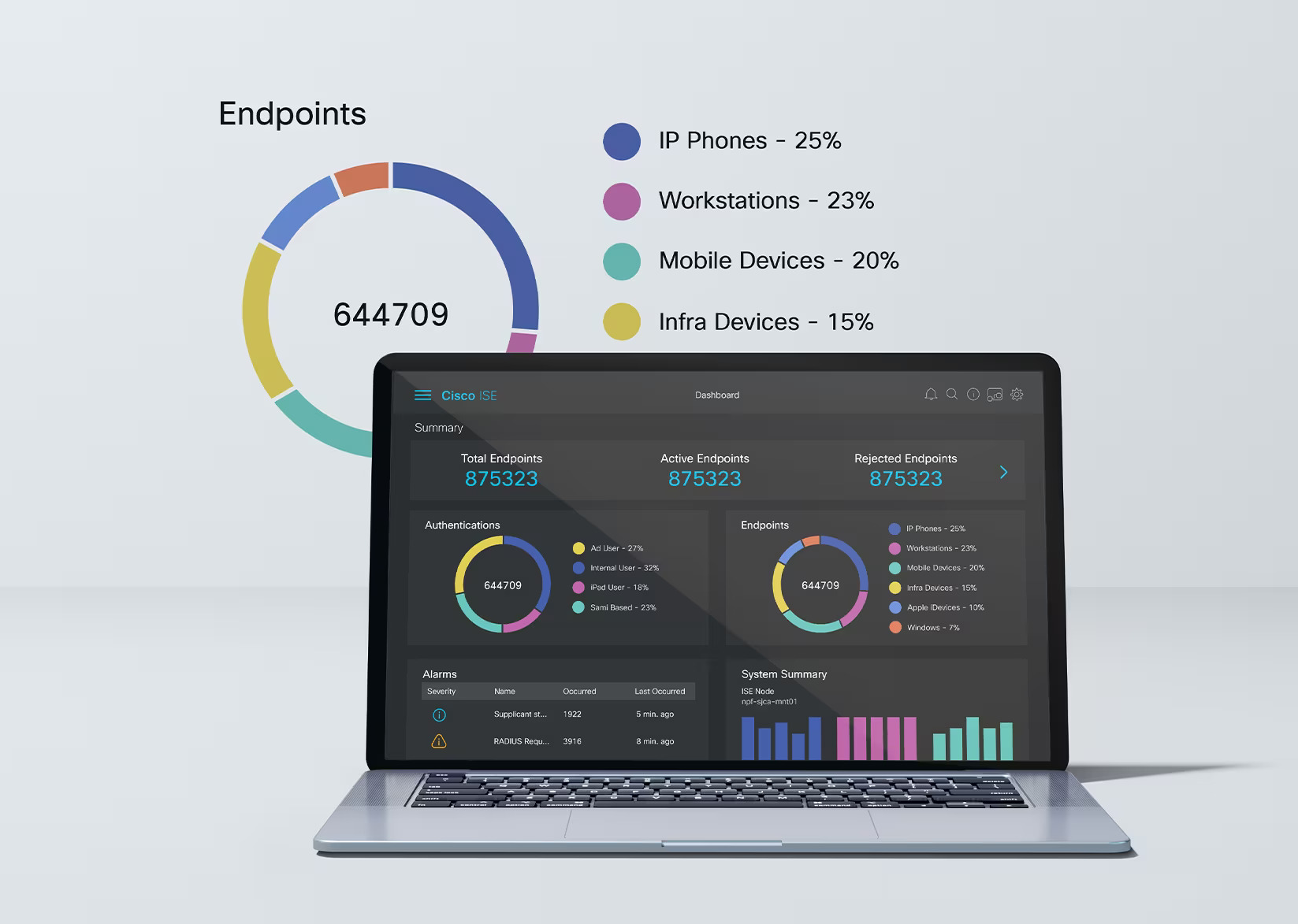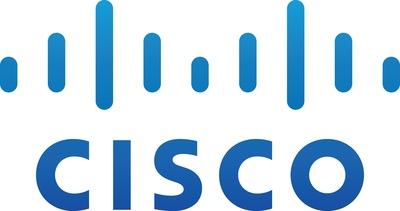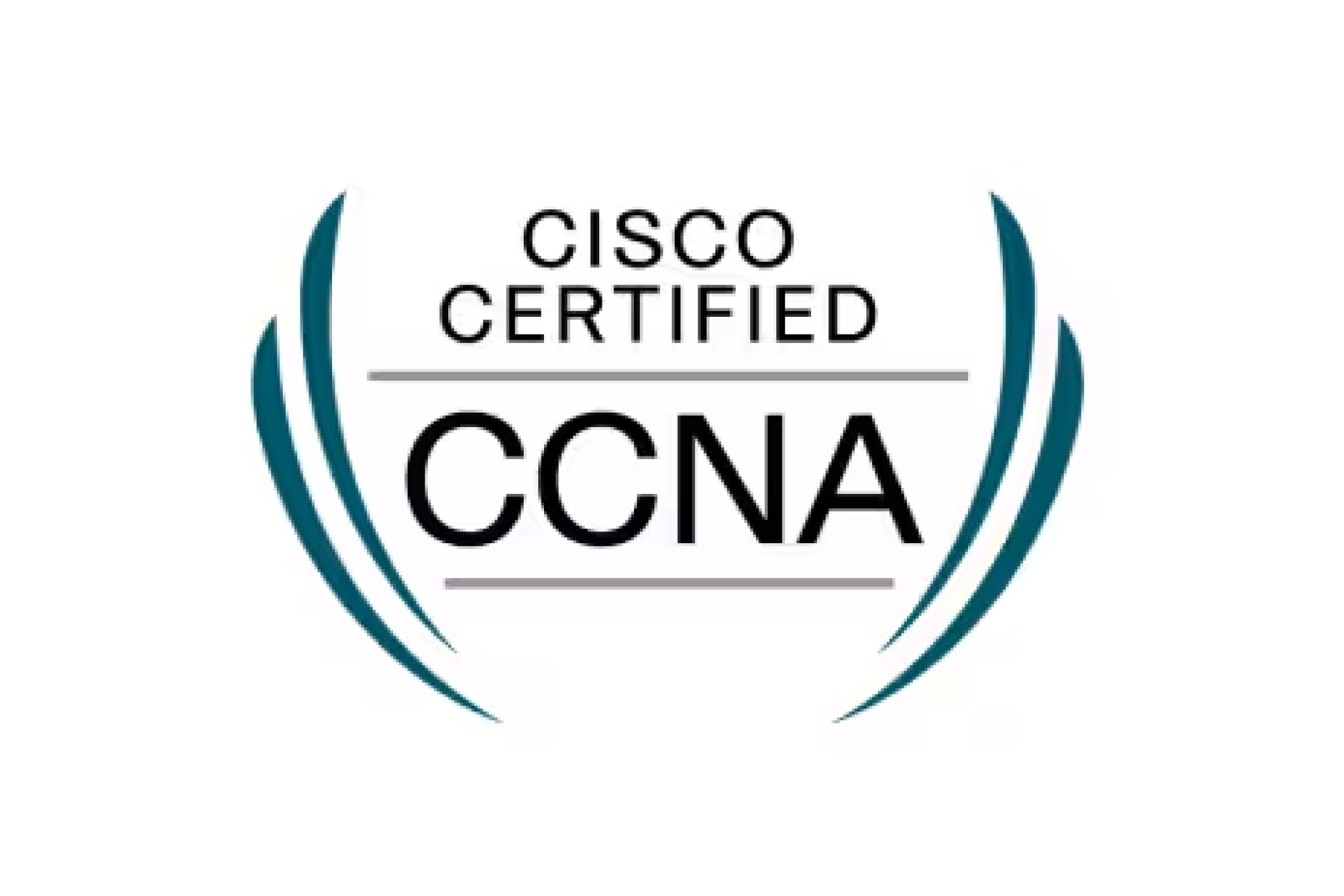
Optimizing your Change Management Process is crucial for maintaining the stability and security of IT systems. One of the best approaches to achieving this is by implementing a Change Management System (CMS) or IT Service Management (ITSM) tool that automates and streamlines every step of the workflow. Tools like ServiceNow, Jira Service Management, BMC Remedy, and Cherwell offer robust features to centralize change requests, approvals, and tracking for a seamless and controlled change management process.
1. Selecting a Change Management Application
The first step in enhancing your change management process is choosing a CMS that acts as a central hub for all change requests, approvals, tracking, and documentation. These tools typically offer:
- Standardized Request Forms to ensure consistency across all change requests.
- Automated Workflows that guide each change from submission to implementation.
- Notifications and Alerts to keep stakeholders informed in real-time.
- Audit Trails to log all changes for compliance and future reference.
- Integration Capabilities with other IT tools for a comprehensive approach.
2. Change Request Workflow in the CMS
Once you have selected a tool, here’s how a streamlined, application-based workflow could look:
Step 1: Submit a Change Request
Users submit change requests through the CMS portal, including essential details like description, business justification, impact, risk level, planned implementation, and rollback plans. The system then auto-assigns requests to the appropriate approvers based on the change type.
Step 2: Initial Review
The system checks if pre-approvals or templates are available for standard changes. If not, it routes the request to the Change Manager or Change Advisory Board (CAB) for further review.
Step 3: Risk and Impact Assessment
Integration with monitoring and security tools can provide automated data for impact assessment, while change owners manually add any specific risks. The system flags conflicts with ongoing maintenance or critical operations.
Step 4: Approval Process
The CMS handles approvals, notifying the necessary stakeholders and managing parallel approvals when needed. For emergencies, predefined protocols fast-track the review, while higher-risk changes are directed to the full CAB for in-depth analysis.
Step 5: Planning and Scheduling
Using the system’s scheduling feature, changes are planned for low-traffic times, and resources are allocated accordingly. Automated workflows may even initiate test environments for validation purposes.
Step 6: Implementation
Once approved, the CMS generates an implementation plan and can integrate with orchestration tools for partial automation. The CMS monitors performance metrics in real-time and sends alerts as needed during deployment.
Step 7: Post-Implementation Review
Post-change, the system prompts validation checks and initiates rollbacks if necessary. Stakeholders may also receive feedback requests to assess the change’s impact.
Step 8: Documentation and Closure
The CMS logs every step of the change process for audit purposes, creating a final report on the change’s success or failure, and marking the request as “Completed” once all is validated.
Benefits of Using a Change Management Application

- Consistency: Ensures a uniform process for all changes.
- Auditability: Provides comprehensive logs for compliance audits.
- Improved Communication: Keeps stakeholders informed in real-time.
- Efficiency: Automates manual tasks, reducing errors and speeding up changes.
- Risk Mitigation: Integration with monitoring tools helps flag potential issues early.
- Metrics and Reporting: Offers reporting tools to track process effectiveness.
Popular Features in Change Management Tools
- ServiceNow: Comprehensive ITSM with dynamic scheduling and integrated incident management.
- Jira Service Management: Agile-friendly workflows and integration with DevOps CI/CD pipelines.
- BMC Remedy: Advanced automation, approval workflows, and detailed reporting.
- Cherwell: ITIL-based workflows with a customizable engine for various needs.
Incorporating a change management application not only streamlines your process but also provides the essential tools for tracking, compliance, and automation. With a CMS, organizations can reduce risks, improve efficiency, and ensure that all network and security changes are documented and managed effectively.







